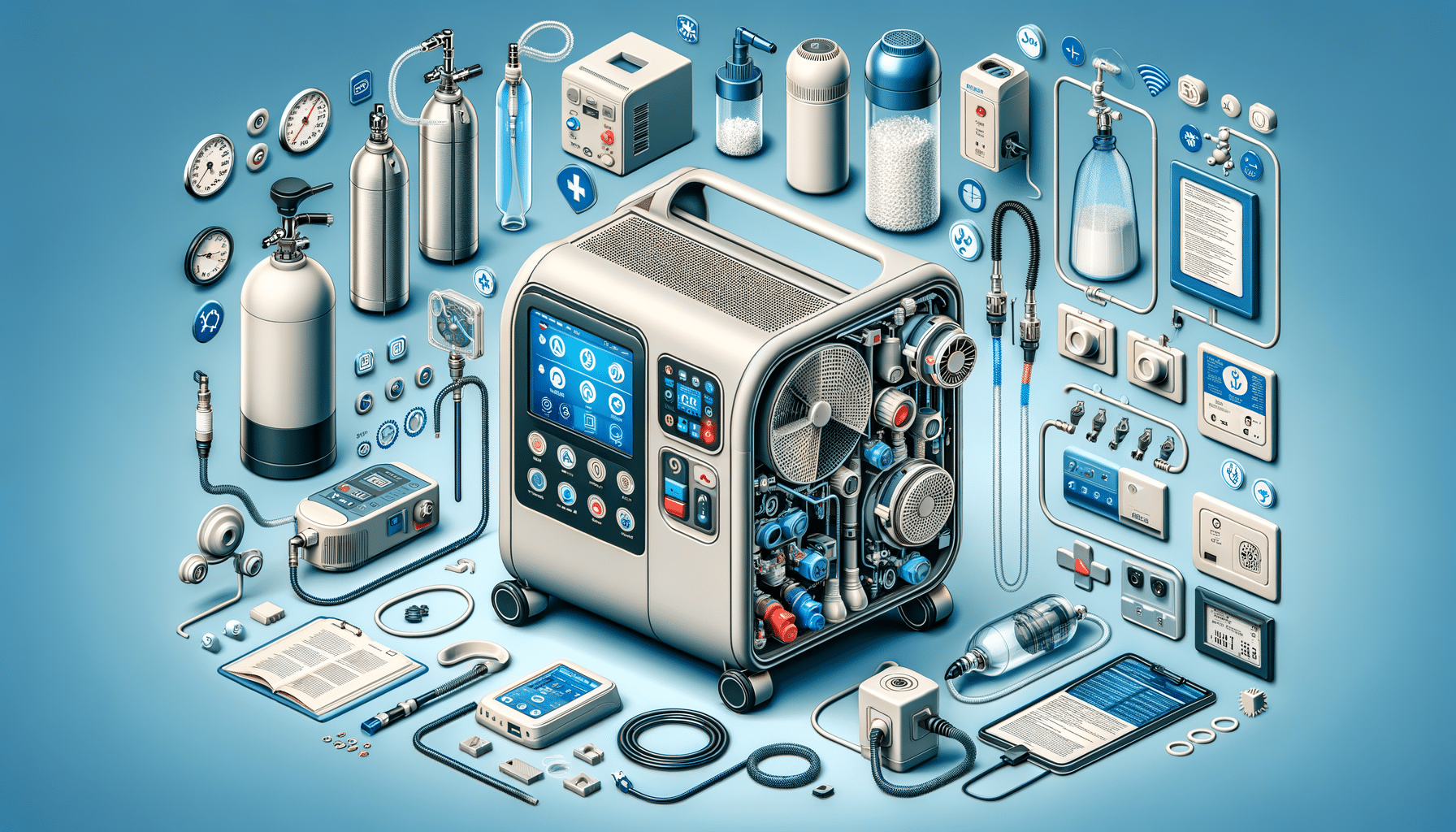
Portable Oxygen Concentrator Buying Guide
Understanding Portable Oxygen Concentrators
Portable oxygen concentrators have become essential devices for individuals requiring supplemental oxygen therapy. These devices offer the convenience of mobility and independence, allowing users to maintain their lifestyle without being tethered to stationary oxygen tanks. A portable oxygen concentrator works by drawing in ambient air, removing nitrogen, and delivering concentrated oxygen to the user. This functionality makes it a practical choice for those who need oxygen on the go.
When considering a portable oxygen concentrator, it’s crucial to understand the various features and specifications that differentiate models. Factors such as oxygen output, battery life, weight, and noise level can significantly impact the user’s experience. Additionally, the choice between pulse dose and continuous flow delivery should be made based on medical advice and personal preference.
In recent years, advancements in technology have led to more compact and efficient designs, making portable oxygen concentrators more accessible to a broader audience. With a range of options available, choosing the right device can be overwhelming. However, by focusing on key criteria and aligning them with individual needs, users can make informed decisions that enhance their quality of life.
Key Features to Consider
When selecting a portable oxygen concentrator, several critical features should be evaluated to ensure the device meets your specific needs. Here are some key considerations:
- Oxygen Output: The device’s capacity to deliver oxygen is a primary concern. Ensure the concentrator can provide the necessary flow rate as prescribed by a healthcare professional.
- Battery Life: Long battery life is essential for users who travel frequently or spend extended periods away from home. Consider models with both internal and external battery options for flexibility.
- Weight and Portability: The weight of the concentrator affects its portability. Lightweight models are easier to carry, especially for those with limited strength or mobility.
- Noise Level: A quieter device can enhance comfort, particularly in social settings or during sleep.
While these features are crucial, personal preferences and lifestyle should also guide the decision-making process. For instance, some users may prioritize a compact design for ease of transport, while others might focus on advanced settings and controls for precise oxygen delivery.
Making an Informed Purchase
Purchasing a portable oxygen concentrator involves more than selecting a model based on features alone. It’s important to consider the overall value and support offered by the manufacturer or supplier. Here are some tips to ensure a satisfactory purchase:
- Research and Reviews: Reading user reviews and expert opinions can provide insights into the performance and reliability of different models.
- Warranty and Service: A comprehensive warranty and accessible customer service can offer peace of mind and support in case of device issues.
- Trial Periods: Some suppliers offer trial periods, allowing users to test the concentrator in their daily routine before committing to a purchase.
- Insurance Coverage: Check with insurance providers to see if the cost of the concentrator is covered, as this can significantly reduce out-of-pocket expenses.
Ultimately, the right portable oxygen concentrator should align with both medical requirements and personal preferences. By carefully evaluating options and seeking professional guidance, users can find a device that enhances their independence and quality of life.


